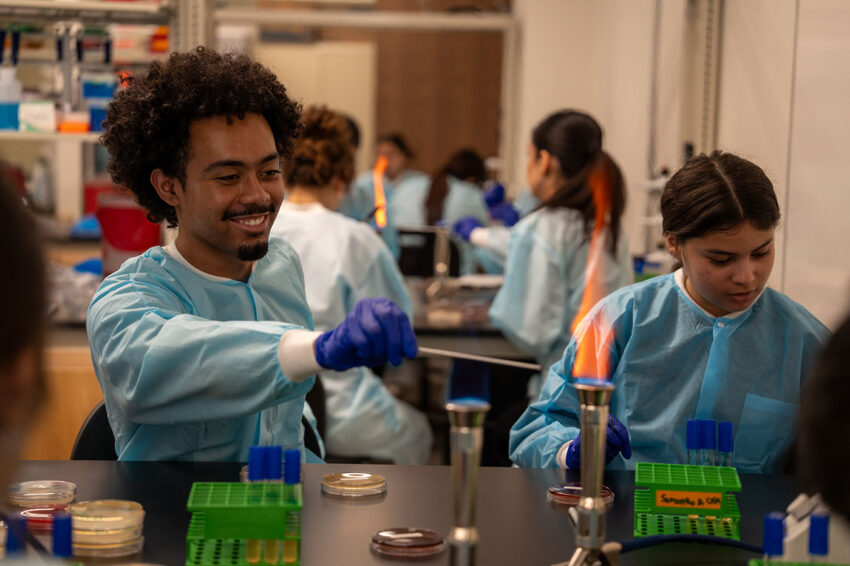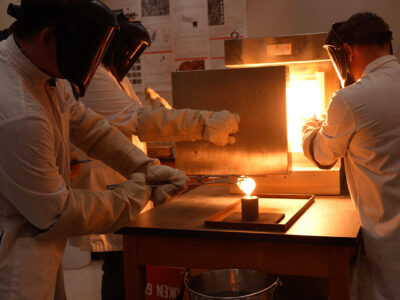As part of a UTSA microbiology course, students like Nishat Shama, a molecular microbiology and immunology major, have collected local soil samples to search for microorganisms that could lead to the discovery of new antibiotics.
The U.S. Centers for Disease Control and Prevention describes antimicrobial resistance as “one of the world’s most urgent public health problems.” It occurs as pathogens develop defense mechanisms against common antibiotic medications.
According to the World Health Organization, the process is driven by misuse and overuse of antibiotic drugs. Meanwhile, the development of new, more effective antibiotics has not kept pace with rising resistance levels, leaving a growing number of bacterial infections untreatable.
The UTSA undergraduate course, part of the Place-Based Soil Data Interpretation and Research in Texas (PBS-DIRT) project and supported by a $395,000 USDA grant, gives students a hands-on approach to fighting the global antibiotic resistance crisis.
“Over 60% of clinically used antibiotics come from soil bacteria, but as soil erodes, so does the opportunity to discover new antibiotics,” says Sara Shields-Menard, assistant professor of instruction of molecular microbiology and immunology. “Soil also contains microbes that influence environmental and human health. Research can reveal ways to prevent the spread of harmful pathogens or monitoring environmental conditions.”
Students participating in the module are collecting soil samples in the San Antonio area and analyzing soil data to potentially find new antibiotics. The class has diluted their soil samples, plated them and observed microbial colonies that may hold promising antibiotic properties.
They will contribute their findings to a global database managed by the Tiny Earth Initiative, an organization that supports student research in pursuit of more effective antibiotics.
According to Assistant Professor Hamid Badali, Tiny Earth is a global initiative involving over 17,000 instructors across the U.S., Europe, Asia and Australia. UTSA students gain both research skills and a deeper awareness of the environmental factors tied to public health.
“I think it’s very educationally enriching to learn how antibiotics are actually made,” Shama says. “This project has helped me learn that our environment is important, and we should pay more attention to it.”
WATCH: Take look inside a UT San Antonio lab to learn how they are researching soil.





No comment yet, add your voice below!